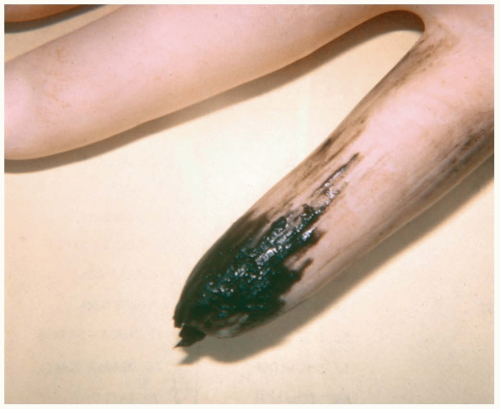

- #Black foul smelling stools containing digested blood skin
- #Black foul smelling stools containing digested blood series
#Black foul smelling stools containing digested blood series
Their small head is connected to a series of segments filled with eggs. Tapeworms (cestodes) have long flattened bodies that resemble a tape or ribbon.
#Black foul smelling stools containing digested blood skin
As they migrate under the skin, these larvae can cause a skin condition called cutaneous larval migrans, characterized by itchiness, irritation, and long, linear, track-like lesions. Hookworm larvae ( Ancylostoma) can penetrate human skin when people come in close contact with contaminated soil. Good sanitation and daily cleaning of the litter box are keys to controlling hookworm infections. Fortunately, hookworms are easily diagnosed and treated. If too much blood is lost, an affected cat may die without treatment. In these cases, a cat’s feces will often appear black and tarry due to the presence of digested blood. While mild cases of hookworm infection may cause diarrhea and weight loss, severe parasitism can cause anemia due to blood loss. It is uncertain whether cats can become infected by eating rodents with larvae in their tissues, or by ingesting an infected queen’s milk. Once the larvae enter the host, they migrate to the lungs and then to the intestines, where they develop into adult worms. Less common than roundworm infections, the prevalence of feline hookworm infections varies considerably by geographic location in North America.Īdult cats usually become infected by larvae that penetrate their skin or that are ingested. Hookworms are long-lived, capable of living as long as a cat. Because of their small size, they usually are not visible in the feces of infected cats. Hookworms ( Ancylostoma and Uncinaria) are slender, thread-like worms, less than a half-inch long, that live attached to the lining of the wall of the intestine, where they feed on the blood of the host. They can be easily avoided by preventing ingestion of Toxocara eggs from contaminated soil or hands. Although these diseases are rare, they can be quite serious, especially in young children.

When Toxocara larvae migrate through the tissues of people, they can cause damage to various organs and the eyes, called visceral larval migrans and ocular larval migrans, respectively. It is important to note that reinfection after successful treatment is relatively common. Treating queens prior to breeding reduces the likelihood that the parasite will infect kittens. Several medications treat roundworm infections effectively in cats, but owners can minimize the likelihood of infection by prohibiting hunting and reducing exposure to the feces of infected cats. Infection is confirmed by the presence of parasite eggs during microscopic examination of the stool. If left untreated, roundworm infections may cause potentially life-threatening anemia (low red blood cell count) and, in extreme cases, stomach rupture, so infection should be taken seriously and treated aggressively. Roundworm infections are usually relatively benign, but affected kittens may show vomiting, diarrhea, constipation, or loss of appetite.

This parasite cannot pass across the placenta or the queen’s milk, so cats less than two months of age rarely harbor Toxascaris leonina. Cats become infected with Toxascaris leonina by ingesting infective eggs in the environment or larvae in the tissues of rodents. Kittens can ingest larvae that pass through an infected queen’s milk, sometimes becoming infected soon after birth. The eggs require several days to several weeks to develop into the infective larval stage.Ĭats become infected with Toxocara cati by ingesting eggs or rodents (transport hosts) that have larvae in their tissues. Adult female worms produce fertile eggs that are passed in the infected cat’s feces. Adult roundworms are three to five inches long, cream-colored, and live in the cat’s intestine, where they don’t attach to the intestinal walls and survive by eating food ingested by the host.

Roundworms ( Toxascaris leonina and Toxocara cati) are the most common intestinal parasite of cats, affecting 25% to 75% of cats, with higher rates in kittens. Importantly, some GI parasites of cats have the potential to infect humans. The vomiting, diarrhea, anemia, and dehydration caused by intestinal parasites can weaken a cat, making it more susceptible to viral and bacterial infections and other diseases. They usually cause fairly nonspecific symptoms, such as a dull coat, coughing, vomiting, diarrhea, mucousy or bloody feces, loss of appetite, pale mucous membranes, or a potbellied appearance. These parasites can be wormlike or one-celled protozoan organisms. Gastrointestinal (GI) parasitism is a common problem in cats, with prevalence rates as high as 45% in some populations. What Is There to Treat Idiopathic Megacolon?


 0 kommentar(er)
0 kommentar(er)
